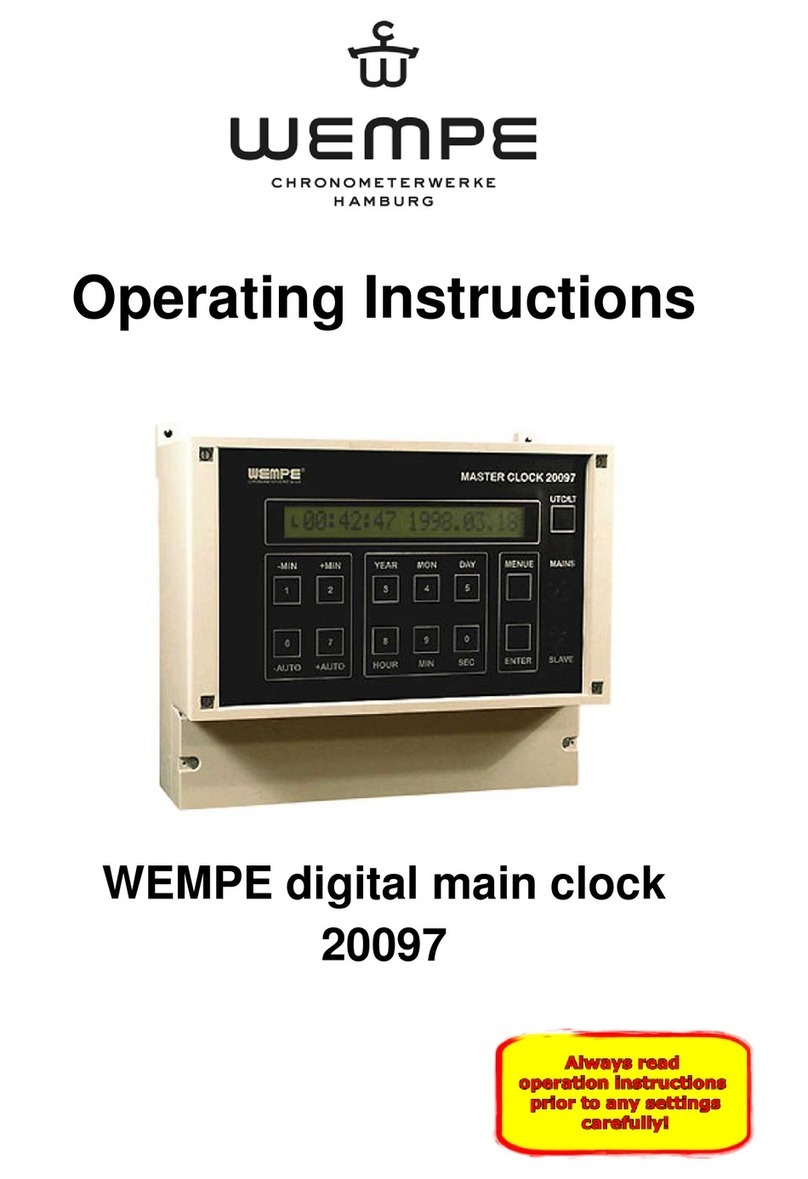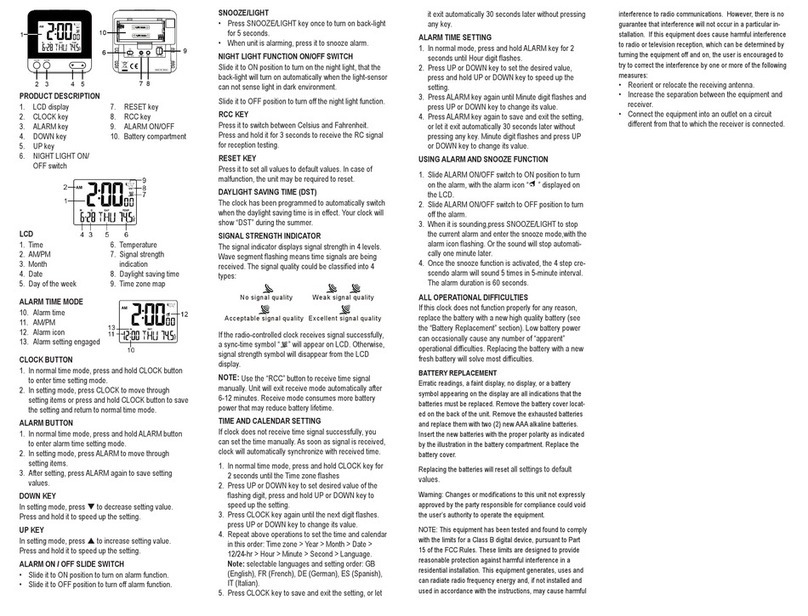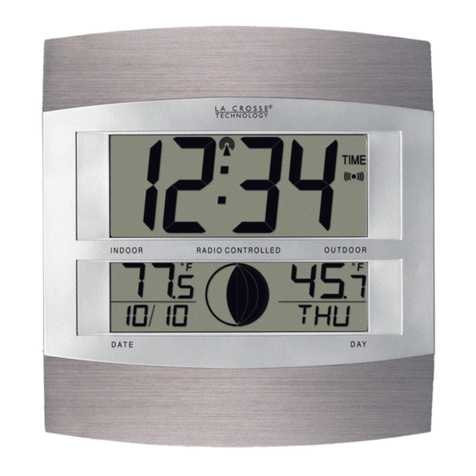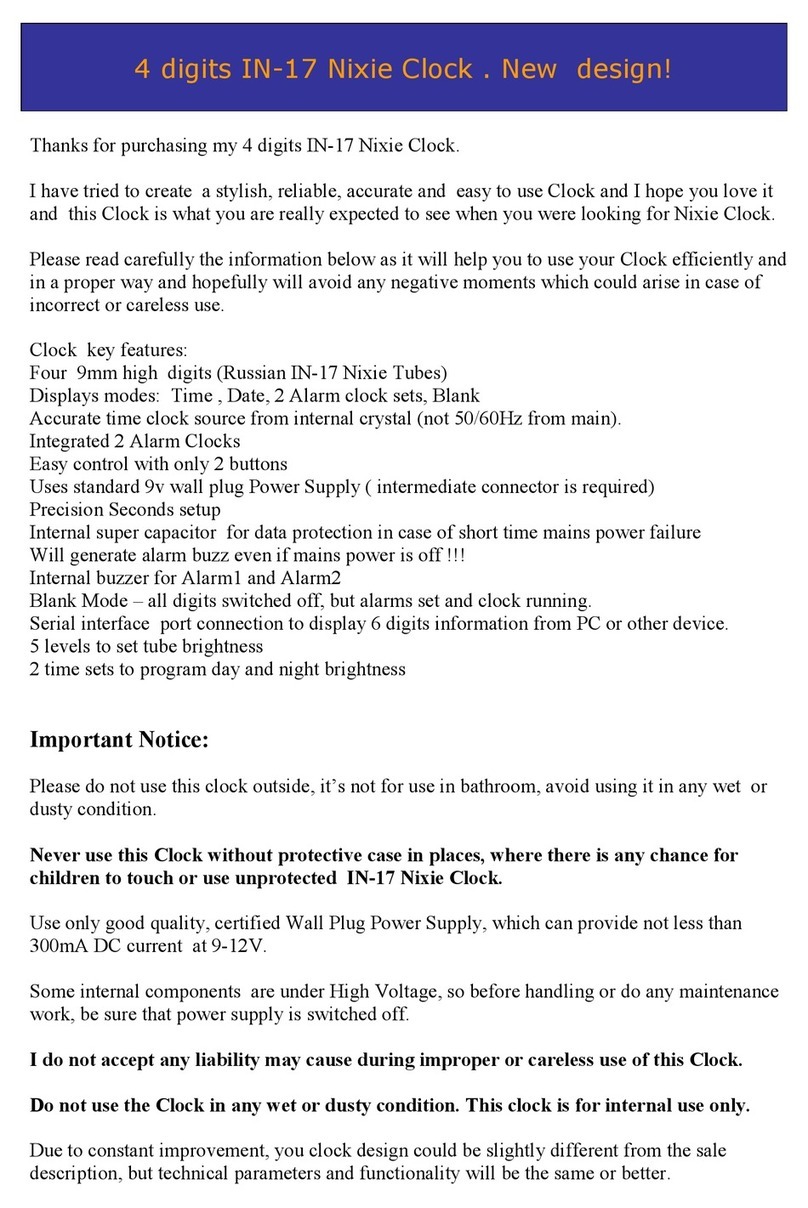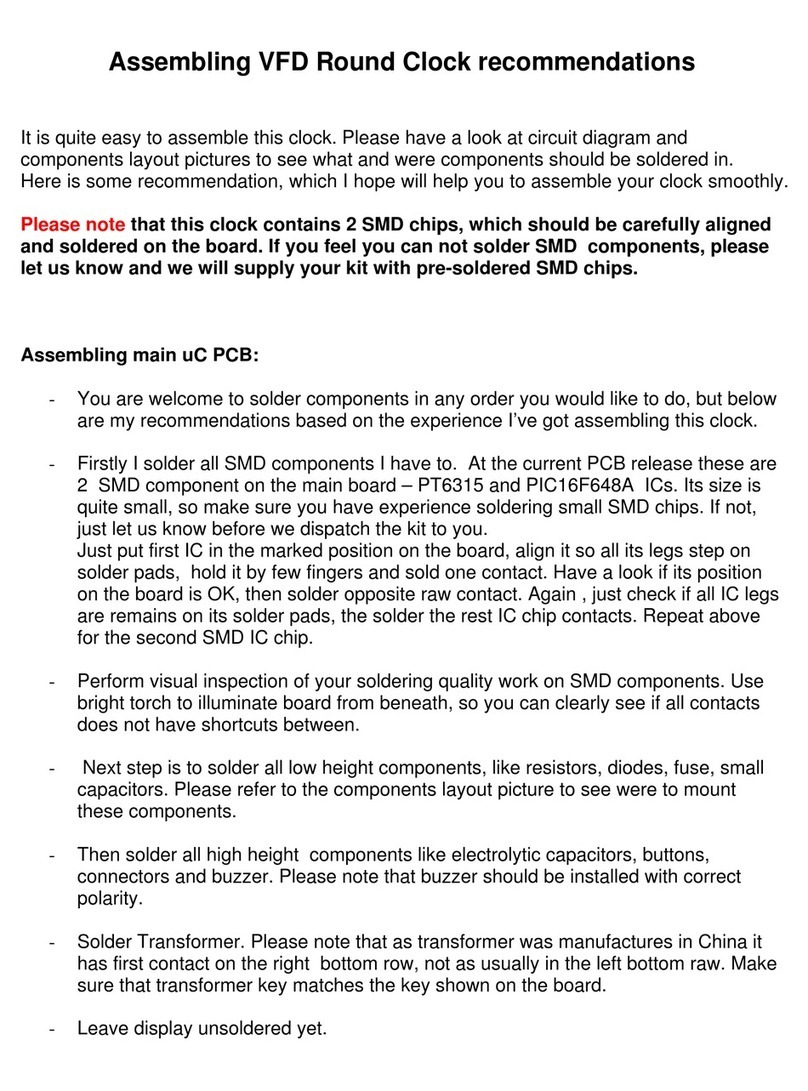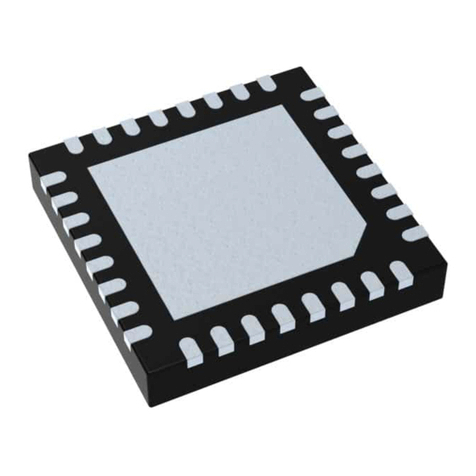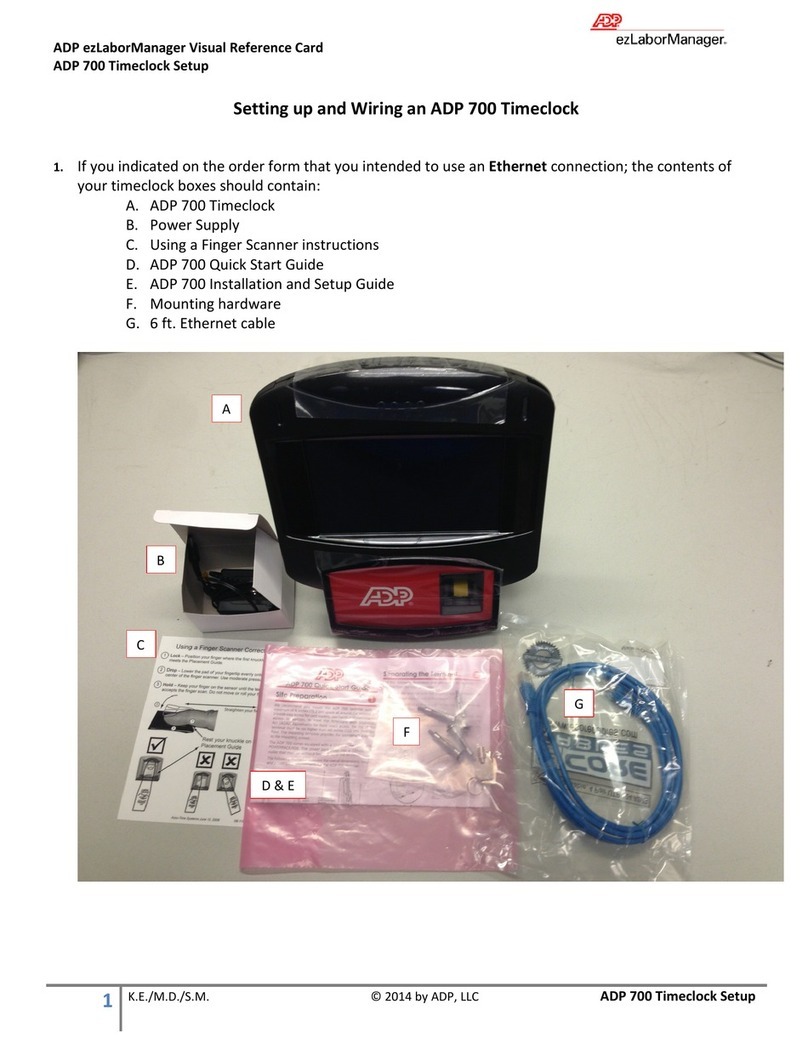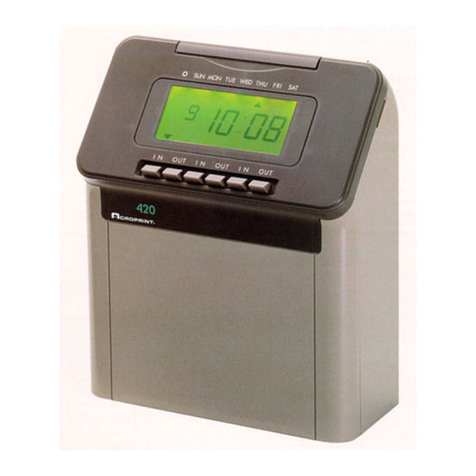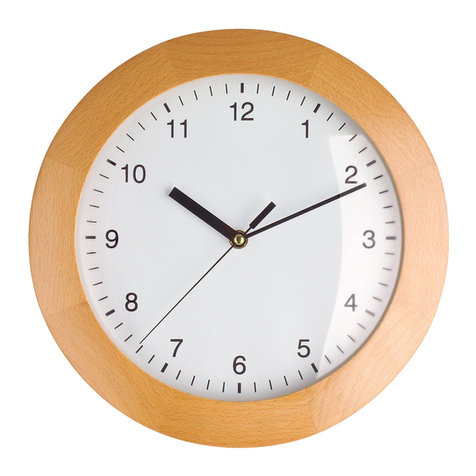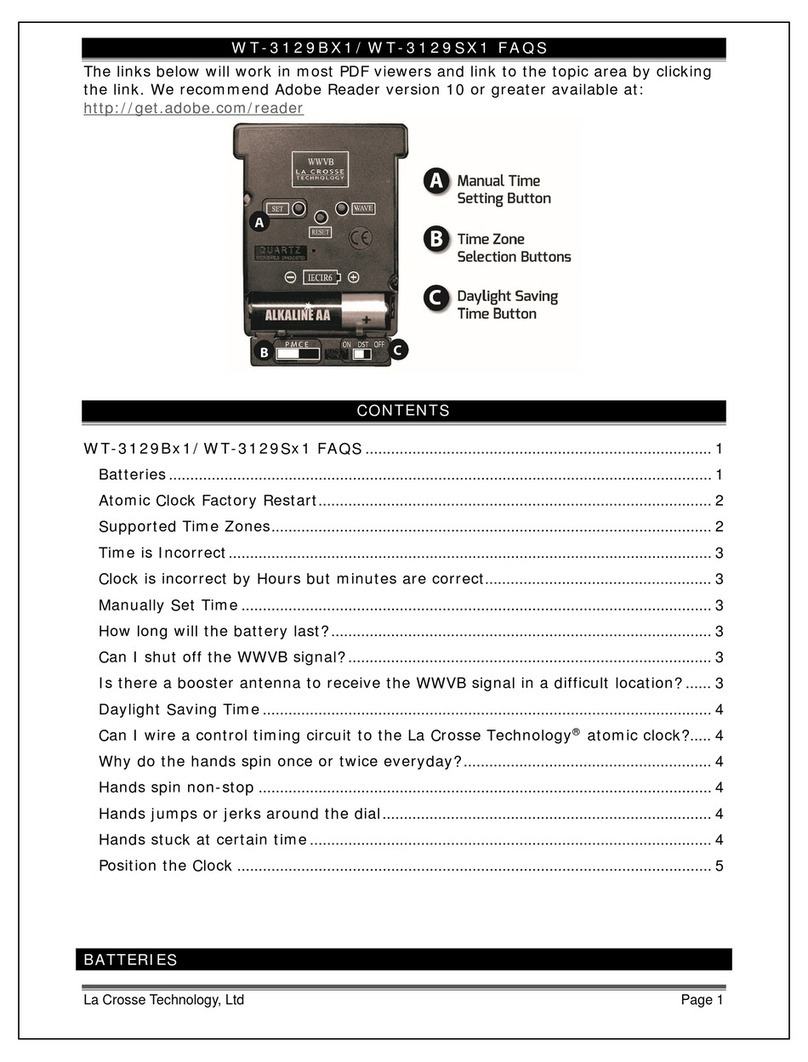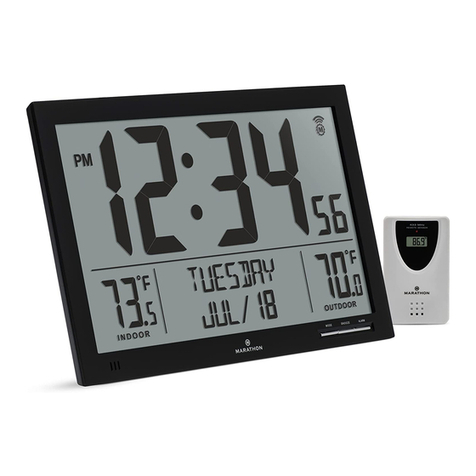
Assembling IN-17 Nixie Clock. Recommendations
It is not difficult to assemble this clock. Please have a look at circuit diagram and components
layout diagram to see what and were components should be soldered in.
Here is some recommendation, which I hope will help you to assemble your clock smoothly.
-Please follow recommendation below, as these boards I would recommender to solder in
right order to avoid some components soldering problem.
-Even clock does not have any tiny smd components, its design is quite compact, so take
extra care and make sure that close pads are not short.
Assembling tube PCB:
-Please use both assembling components layout diagram to solder components on both
side of tube board..
-All main components including IN-17 tubes have to be inserted from the main side
using IN17clock_tubes_pcb_a.pdf layout diagram.
-Only K155ID1 chip and board interconnection pins have to be inserted from bottom
side of the board. Please use IN17clock_tubes_pcb_b.pdf layout diagram for it.
-I would recommend you to solder K155ID1 first, as it will be difficult to do it, if you
have already soldered IN-17 tubes. First pin of this chip has squire pad on the board.
-The last two components on the tube board I usually solder are 2 orange LEDs. You
have to cut its legs to adjust the height of it, but make sure you insert it with right
polarity. The pad marked as “+” is LED anode (usually longer leg)
-All transistor on the board are the same and are MPSA42
-All resistors , except marked on the board, are 180-200K
Assembling main uC PCB:
-Please use both assembling components layout diagram to solder components on both
side of microcontroller board..
-Firstly I solder all resistors laying on the side shown on the IN17clock_uC_pcb_a.pdf
layout diagram. At the current PCB release these is only one SMD component on the
main board – 220uH inductor. Its size is relatively big to other SMD components, so it
should not be a problem to solder it. Just put in the marked position on the board, hold it
by few fingers and sold one contact. Have a look if its position on the board is OK, then
solder opposite contact.
